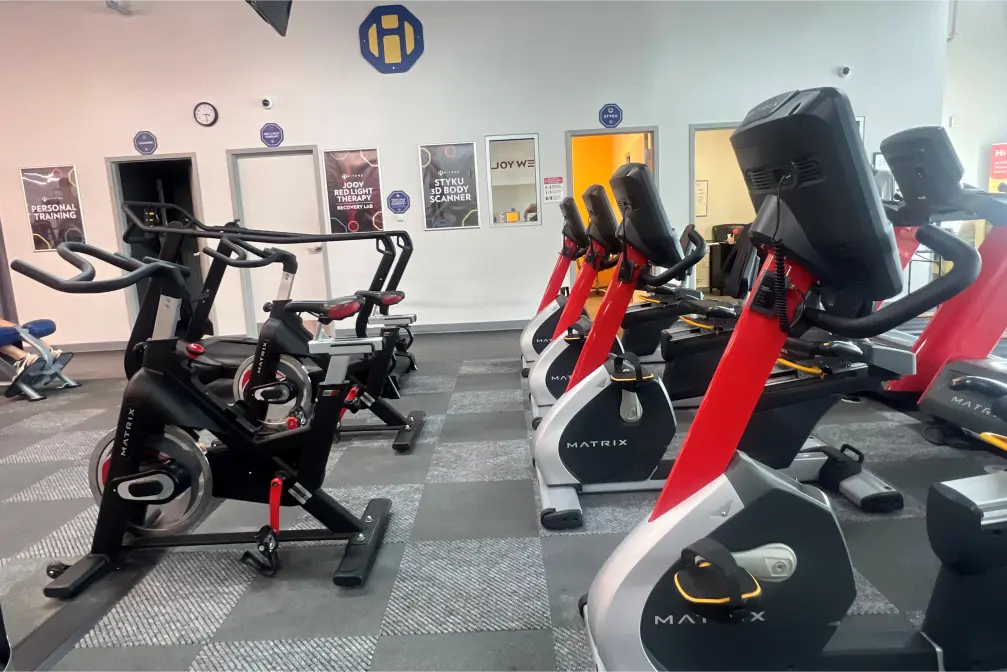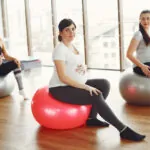As we age, our bodies naturally undergo changes that can lead to decreased muscle mass, reduced bone density, and a decline in cardiovascular health. Regular physical activity helps mitigate these effects by keeping the body strong, agile, and capable of handling everyday tasks. Moreover, engaging in exercise can boost mood and mental health, reducing feelings of depression and anxiety that often accompany aging. It promotes better sleep, enhances energy levels, and fosters a sense of independence and self-efficacy among older adults.
Benefits of HIIT for seniors
High-Intensity Interval Training (HIIT) might sound daunting, especially for seniors, but it offers a plethora of benefits that can significantly enhance their health and lifestyle:
- Cardiovascular health: HIIT improves heart health by challenging the cardiovascular system in short bursts. This has been shown to effectively lower blood pressure and improve heart function, which are essential for reducing the risk of heart disease.
- Improved muscle strength: The varied intensity of HIIT ensures that multiple muscle groups are engaged, leading to improved overall muscle strength. This is crucial for seniors as it helps maintain independence in daily activities and reduces the risk of falls.
- Enhanced flexibility and balance: By incorporating a range of movements, HIIT can help improve flexibility and balance. This reduces the risk of injuries caused by falls, a common concern for aging individuals.
- Cognitive benefits: Exercise has been proven to boost brain function, and the quick thinking required during HIIT sessions can help enhance cognitive abilities like memory, problem-solving, and decision-making.
Precautions and safety tips
While HIIT offers numerous benefits for seniors, it’s important to approach this workout regimen with caution:
- Consulting with healthcare providers: Before starting any new exercise program, seniors should consult their doctors to ensure the activities are safe, especially if they have pre-existing health conditions.
- Starting slowly: It’s crucial for seniors to start with lower intensity and gradually build up as their fitness improves. This helps prevent injuries and undue stress on the body.
- Listening to the body and modifying exercises: Seniors should be mindful of their body’s signals and avoid pushing themselves too hard. Modifications can be made to standard HIIT exercises to accommodate any physical limitations, ensuring a safe and effective workout.
Understanding your fitness level
Assessing and understanding one’s current fitness level is key before embarking on a HIIT program:
- Assessing current fitness: Seniors can start by evaluating their current physical condition, possibly with the help of a fitness professional. This might involve simple tests of strength, flexibility, balance, and cardiovascular health.
- Importance of personal limits: Recognizing and respecting personal limits is vital to prevent overexertion. It’s important for seniors to acknowledge that their fitness goals and capabilities may differ from those of younger individuals and to set realistic expectations accordingly.
If you are a senior and located in Concord, make sure to check out HiTone Fitness. We have group HIIT classes led by experienced instructors who will adjust the intensity level to your current fitness capabilities.
Warm-up exercises
A good warm-up routine increases heart rate, loosens joints, and stretches muscles, ensuring a safer and more effective workout. Here are some simple warm-up exercises:
- Arm circles: Extend your arms parallel to the ground and make gentle circles, gradually increasing the diameter. Perform 10 circles in each direction to loosen the shoulders.
- Marching in place: This helps elevate the heart rate while activating the leg muscles. March in place for a minute or two, lifting your knees as high as comfortable.
- Toe touches: Reach towards your toes while standing, bending at the waist. This stretch prepares your hamstrings and lower back for exercise.
- Head and neck rotations: Rotate your head gently in circles to reduce neck stiffness, and do shoulder shrugs to relax shoulder muscles.
Each exercise should last about 30 seconds to one minute, ensuring the body is adequately warmed up without causing fatigue before the main workout begins.
HIIT workouts for seniors
HIIT for seniors should focus on alternating between low to moderate-intensity exercises and brief periods of rest. Here’s a structured approach tailored for older adults:
Workout structure
- Duration and intensity: Each active period should last from 30 seconds to a minute, followed by a rest or low-intensity period of up to two minutes. The entire session should last between 20 to 30 minutes.
- Rest periods: Adequate rest is crucial to recover and prepare for the next round of intensity.
Example workouts
- Low-impact cardio routine: Exercises like walking briskly in place or on a treadmill, gentle jumping jacks without the jump (step side to side), or arm raises can be included. These are effective and less straining on the joints.
- Chair-based HIIT workout: Use a sturdy chair for seated marches, chair stands (sitting to standing), and upper body exercises like arm raises or lightweight dumbbell presses.
- Resistance band exercises: Utilize resistance bands for leg presses while seated, bicep curls, or arm stretches. These provide resistance, which is essential for muscle strength but is gentle on the joints.
If you’re just getting back to shape and HIIT seems too intensive, start with a daily flexibility routine for seniors and then go back to these exercises after a while.
Cool down and recovery
Cooling down is as important as the workout itself, especially for seniors, as it helps the body transition to a state of rest:
- Gradually reducing the intensity of the activity helps prevent dizziness and promotes the gradual return of the heart rate to its resting state.
- Incorporate stretches such as seated forward bends, calf stretches, and arm stretches. Hold each stretch for about 20-30 seconds to ensure flexibility and reduce muscle stiffness.
Final thoughts
HIIT, when tailored for seniors, offers a fantastic way for older adults to maintain their physical health and cognitive abilities. It provides a balanced approach that incorporates strength, flexibility, and cardiovascular health. Seniors should remember to start slowly, listen to their bodies, and prioritize safety to enjoy the benefits of HIIT fully. By incorporating regular HIIT sessions into their routine, seniors can enjoy an enhanced quality of life, greater independence, and better overall health.





